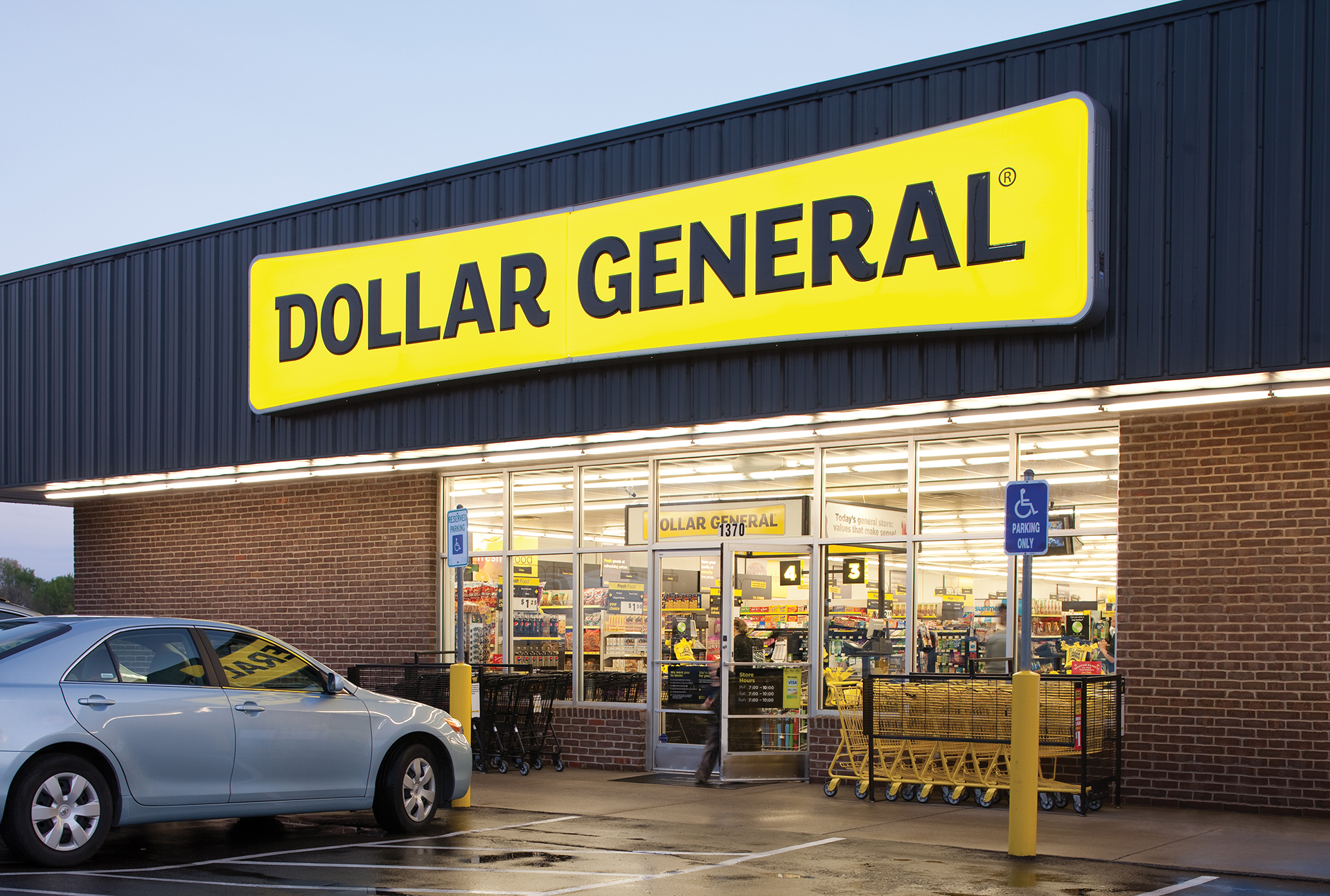Estimated reading time: 5 minutes
Investor Profile: Age 40, High Risk Tolerance, Taxable Account, 20–25 Year Horizon
Portfolio Snapshot
- Target Allocation: 80% Stocks / 15% Bonds / 5% Cash (Aggressive)
- Objective: Amplify wealth for a 40-year-old investor with strong growth and tax-efficient income for retirement.
- Approach: Use low-cost, tax-smart ETFs with minimal turnover, prioritizing U.S. and international equities for growth and municipal bonds for tax-free income over a 20–25 year horizon.
Your ETF Power Mix
Bucket 1: Short-Term (Years 1–2, 5%)
Purpose: Instant liquidity for emergencies or market opportunities.
- ETF: Vanguard Short-Term Treasury ETF (VGSH)
- Allocation: 5%
- Why: Tracks short-term U.S. Treasuries (1–3 years). Yield ~4.5%, expense ratio: 0.04%. Rock-solid stability and tax efficiency for a 40-year-old investor.
- Note: A 5% allocation balances liquidity and growth.
Bucket 2: Intermediate-Term (Years 3–10, 15%)
Purpose: Tax-efficient income and stability for a 40-year-old investor.
- ETF: iShares National Muni Bond ETF (MUB)
- Allocation: 15%
- Why: Holds 5,400+ municipal bonds, 95% rated A or higher. Yield ~2.1% (federally tax-exempt, possibly state-exempt). Expense ratio: 0.07%. Low turnover keeps taxes low.
- Alternative: Consider state-specific ETFs like iShares California Muni Bond ETF (CMF) (yield ~2%, expense ratio: 0.08%).
Bucket 3: Long-Term (Years 11+, 80%)
Purpose: Fuel growth for a 40-year-old with high risk tolerance.
- ETF 1: Vanguard Total Stock Market ETF (VTI)
- Allocation: 40%
- Why: Covers 3,600+ U.S. stocks (large-, mid-, small-caps). Historical return ~12.4% over 10 years, yield ~1.3%, expense ratio: 0.03%. Broad growth with tax efficiency.
- ETF 2: Vanguard Total International Stock ETF (VXUS)
- Allocation: 25%
- Why: Tracks 9,900+ global stocks (Japan, UK, China). Yield ~2.3%, expense ratio: 0.07%. Historical return ~4.5% over 15 years, diversifies U.S. risk.
- ETF 3: iShares MSCI USA Quality Factor ETF (QUAL)
- Allocation: 15%
- Why: Targets U.S. companies with strong fundamentals. Yield ~1.1%, expense ratio: 0.15%. Outperformed S&P 500 (13.5% vs. 12.6% over 5 years).
- ETF 4: Schwab U.S. Dividend Equity ETF (SCHD)
- Allocation: 10%
- Why: Tracks 100 U.S. dividend-paying companies. Yield ~3.9%, expense ratio: 0.06%. Historical return ~11% over 10 years. Adds income and stability.
Portfolio Breakdown
| Bucket | ETF | Allocation | Expense Ratio | Yield (Approx.) |
|---|---|---|---|---|
| 1 (Short-Term) | VGSH | 5% | 0.04% | 4.5% |
| 2 (Intermediate) | MUB | 15% | 0.07% | 2.1% (tax-free) |
| 3 (Long-Term) | VTI | 40% | 0.03% | 1.3% |
| 3 (Long-Term) | VXUS | 25% | 0.07% | 2.3% |
| 3 (Long-Term) | QUAL | 15% | 0.15% | 1.1% |
| 3 (Long-Term) | SCHD | 10% | 0.06% | 3.9% |
Weighted Expense Ratio: ~0.06% (Ultra-Low for Maximum Growth)
Weighted Yield: ~1.9% (Boosted by Tax-Free MUB and SCHD Dividends)
Risk Profile: Aggressive, with 80% equities for a 40-year-old’s growth, balanced by 15% bonds and 5% cash.
Smart Strategies for Serious Investors
- Tax Optimization:
- Tax-Loss Harvesting: Spot dips in VTI, VXUS, QUAL, or SCHD and swap to similar ETFs (e.g., VTI → SPDR S&P 500 ETF (SPY)) to lock in tax losses. Watch the 30-day wash-sale rule.
- Hold Long-Term: Avoid selling to defer capital gains. Reinvest MUB’s tax-free income and SCHD’s dividends into VTI/VXUS for 20–25 years of growth.
- Muni Bonds: Swap MUB for a state-specific ETF (e.g., CMF for California) to cut state taxes.
- Rebalancing:
- Rebalance semi-annually or if allocations shift >5%. Use MUB/VGSH dividends to buy underweighted assets (e.g., VXUS).
- Dynamic rebalancing: Boost VTI/QUAL in bull markets, shift to MUB/VGSH in corrections.
- Contribution Strategy:
- Dollar-cost average monthly/quarterly to minimize timing risk. Target underperforming assets (e.g., VXUS).
- Max out IRAs/401(k)s alongside this taxable portfolio for a 40-year-old.
- Monitoring:
- Track trends (interest rates, global markets) impacting MUB and VXUS via Morningstar or Bloomberg.
- Watch SCHD’s dividend growth for rebalancing cues.
- Brokerage: Use Vanguard, Fidelity, or Schwab for zero-commission trades and tax tools.
Why This Portfolio Rocks
- Power Growth: 80% equities (VTI, VXUS, QUAL, SCHD) target 8–10% returns for a 40-year-old’s 20–25 year horizon.
- Tax-Savvy: MUB’s tax-free yield and low-turnover ETFs keep taxes low.
- Diversified: Spans U.S. markets, global stocks, quality companies, and dividends.
- Low Fees: 0.06% expense ratio maximizes wealth.
- Income Boost: SCHD’s 3.9% yield and MUB’s tax-free income fuel reinvestment.
Risks & How to Handle Them
- Market Swings: Equities may drop (e.g., VTI fell ~25% in 2022). MUB and VGSH buffer volatility for a 40-year-old.
- Rate Risk: MUB’s price may dip if rates rise. Its ~6-year duration limits impact.
- Dividend Risk: SCHD’s dividends may vary, but stable companies reduce risk.
- Tax Policy: Muni bond tax changes could affect MUB. Stay updated.
Make It Your Own
- More Income: Boost SCHD to 15%, cut QUAL to 10%, or add Vanguard High Dividend Yield ETF (VYM) (yield ~2.8%, expense ratio: 0.06%).
- Tech Boost: Add Vanguard Information Technology ETF (VGT) (expense ratio: 0.10%, 10-year return ~20%) at 5%, reducing VTI.
- Global Edge: Swap 5% of VXUS for Vanguard FTSE Emerging Markets ETF (VWO) (expense ratio: 0.08%, yield ~2.5%).
- Tax Savings: Share your state for a custom muni ETF.










